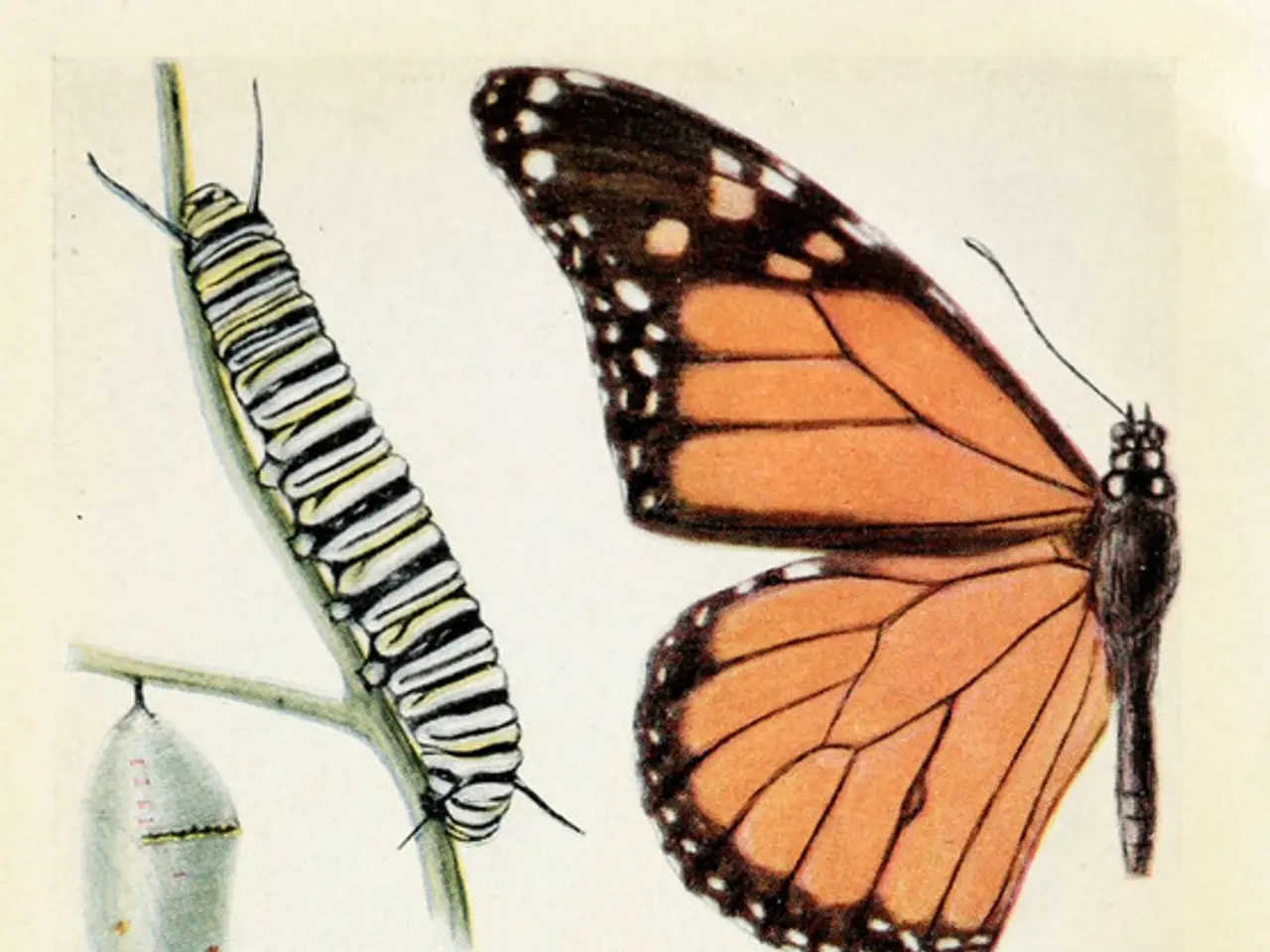Threat posed by the Specter
Bremen, Germany, is currently experiencing an increase in the population of the oak processionary caterpillar (Thaumetopoea processionea). This insect, known for its venomous hairs, is thriving in the city due to climate change, which is creating more favorable conditions for its survival and expansion.
- Climate Change and the Oak Processionary Caterpillar
Climate change is playing a significant role in the spread of the oak processionary caterpillar in Bremen. Warmer temperatures, milder winters, and an extended growing season are all contributing factors. These changes allow the caterpillars to complete their life cycle more quickly, survive longer, and support greater populations.
- Public and Private Responsibilities
If oak processionary caterpillars are discovered on public land, the responsible authorities will carry out an inspection. However, if they are found on private property, the property owner is responsible for having the nest removed. Anyone in Bremen who still suspects an infestation should immediately contact the health department.
- Health Concerns
Allergic reactions to oak processionary caterpillars can vary in severity. At-risk individuals can experience an allergic shock from contact with the caterpillars. It is crucial to avoid touching or disturbing the nests, as the venomous hairs can break off and be carried by the wind up to 50 meters away.
- Reported Cases
Since May, around 90 suspected cases of oak processionary caterpillars have been reported to the health department in Bremen. However, the exact number of confirmed cases remains unclear.
- Prevention and Management
As the season of high risk for oak processionary caterpillars is ending in the coming weeks, it is essential to remain vigilant. Affected areas are often cordoned off, such as a rest area on the A1 highway. Oaks are sprouting earlier due to rising temperatures, which benefits the development of the oak processionary caterpillar.
In conclusion, climate change is enhancing the environmental conditions that support the oak processionary caterpillar’s development and spread in Bremen, contributing to its increasing presence and associated ecological and health concerns. It is crucial for residents to be aware of these risks and to report any suspected infestations to the appropriate authorities.
- Bremen's oak processionary caterpillar problem is being exacerbated by climate change, which is creating conditions for the caterpillars to thrive in environmental-science and health-and-wellness, with milder winters and warmer temperatures contributing to their survival and expansion.
- Expert resources in health-and-wellness and science are not only focused on understanding the caterpillar's behavior but also educating the public about the potential hazards it presents, such as the allergic reactions and health concerns associated with its venomous hairs.
- Key efforts in climate-change mitigation are expanding to include managing the oak processionary caterpillar issue, with a focus on prevention, early detection, and response strategies that ensure the continued health and safety of residents in relation to the growing population of these invasive pests.




